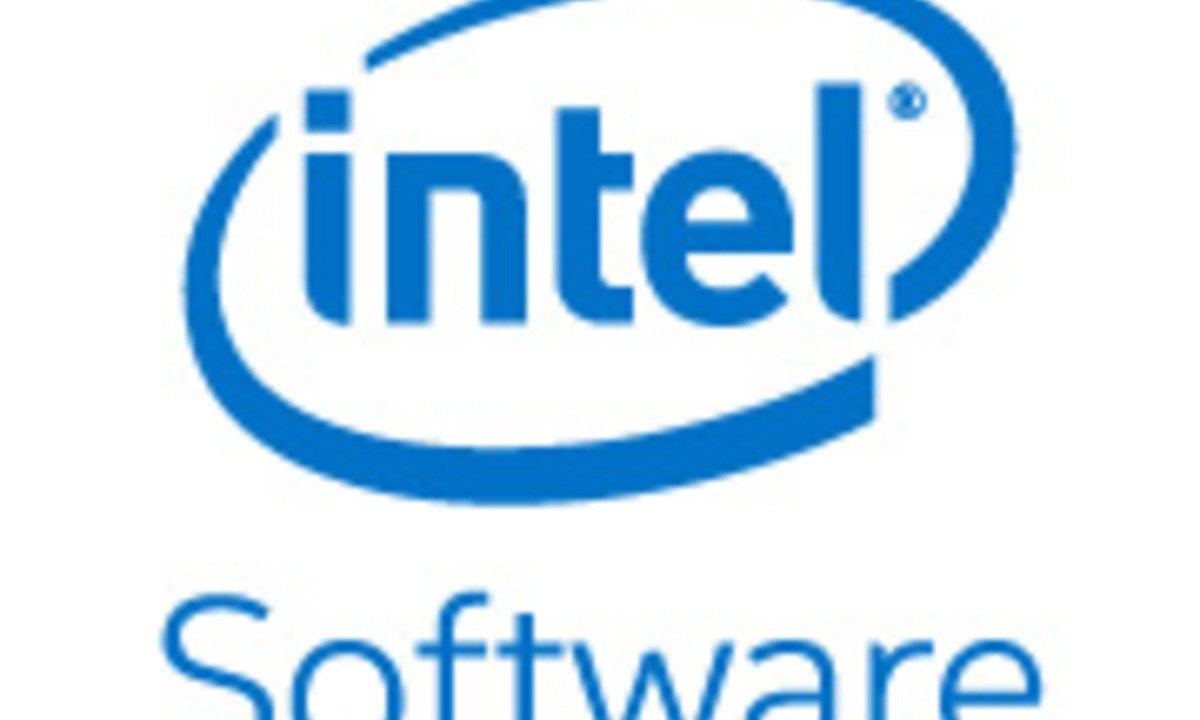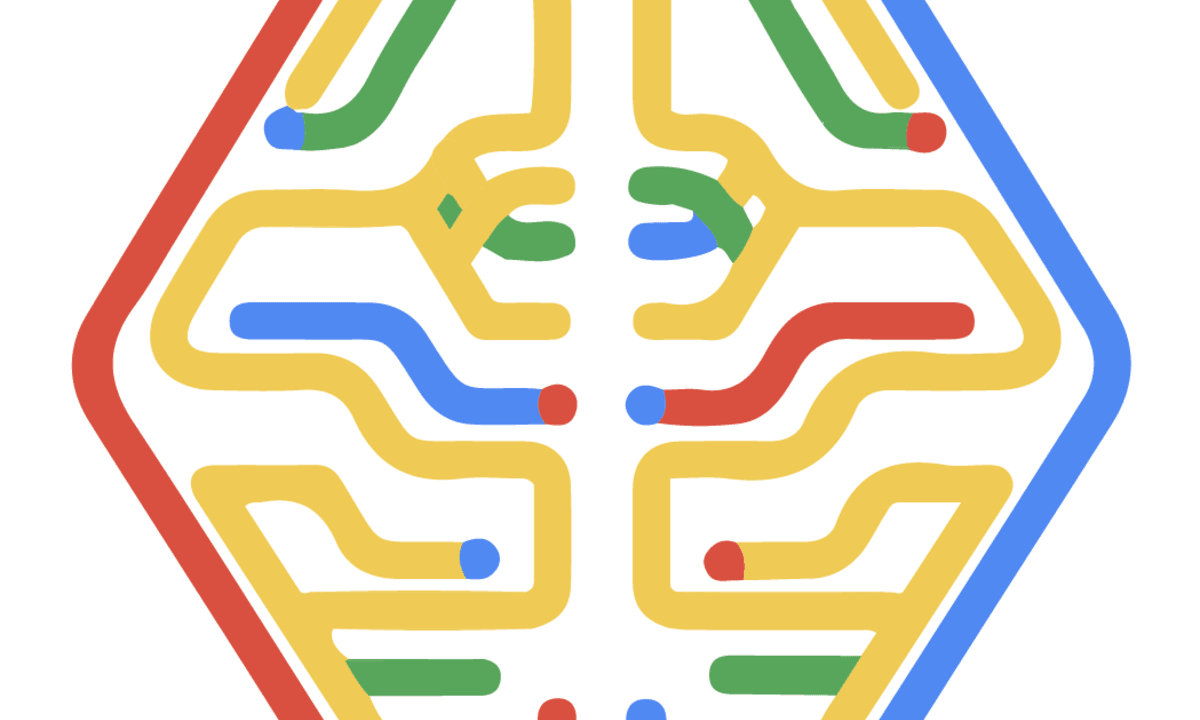GRATIS
University of Glasgow vía Coursera
GRATISDeep learning in Electronic Health Records - CDSS 2
Acerca de este curso
- Artificial Intelligence and Multi-Layer Perceptron
- This week includes an overview of deep learning history and popular deep learning platforms. Subsequently, Multi-Layer Perceptron (MLP) Networks are discussed along with common activation functions, loss functions and optimisation algorithms. Finally, the practical exercises will allow to optimise and evaluate MLP in ECG classification.
- Convolutional and Recurrent Neural Networks.
- Convolutional Neural Networks (CNNs) revolutionised the way we process images and they contributed significantly in deep learning success. This week we are going to discuss what advantages CNNs offer over MLP and we will implement CNNs for time-series classifications. Subsequently, we are going to present Recurrent Neural Networks (RNNs). In particular, we are going to discuss Long-Short Term Memory Networks and Gated Recurrent Unit Networks. Practical exercises will allow to design and train all these types of networks in ECG classification. The importance of training, validation and testing datasets will be emphasised for avoiding overfitting and model evaluation.
- Preprocessing and imputation of MIMIC III data
- Developing benchmark datasets for DNNs based on MIMIC-III database involves several steps that include cohort selection, unit conversion, outlier removal and aggregation of data within time windows. The later step allows to represent EHR as time-series data but it is also susceptible to missing data. For this reason imputation strategies both based on traditional and deep learning techniques are presented. The learner will have the opportunity to preprocess EHR and train deep learning models in predicting in-hospital mortality.
- EHR Encodings for machine learning models
- EHRs include categorical, ordinal and continuous variables. Appropriate data representation is important and encodings affect prediction performance. This week includes several different strategies to encode the data such as target encodings, deep learning encodings and similarity encodings. In particular, autoencoders which is a deep learning architecture to represent data in lower dimensional space will be demonstrated and applied in in-hospital mortality prediction.
Cursos relacionados

GRATIS Aprendiendo a aprender: Poderosas herramientas mentales…
Deep teaching solutions
Español

GRATIS Programación para todos (Introducción a Python)
University of Michigan
Inglés

GRATIS The Science of Well-Being
Yale
Inglés

GRATIS Negociación exitosa: Estrategias y habilidades esenciales
University of Michigan
Inglés

GRATIS Primeros Auxilios Psicológicos (PAP)
Universitat Autónoma de Barcelona
Español



